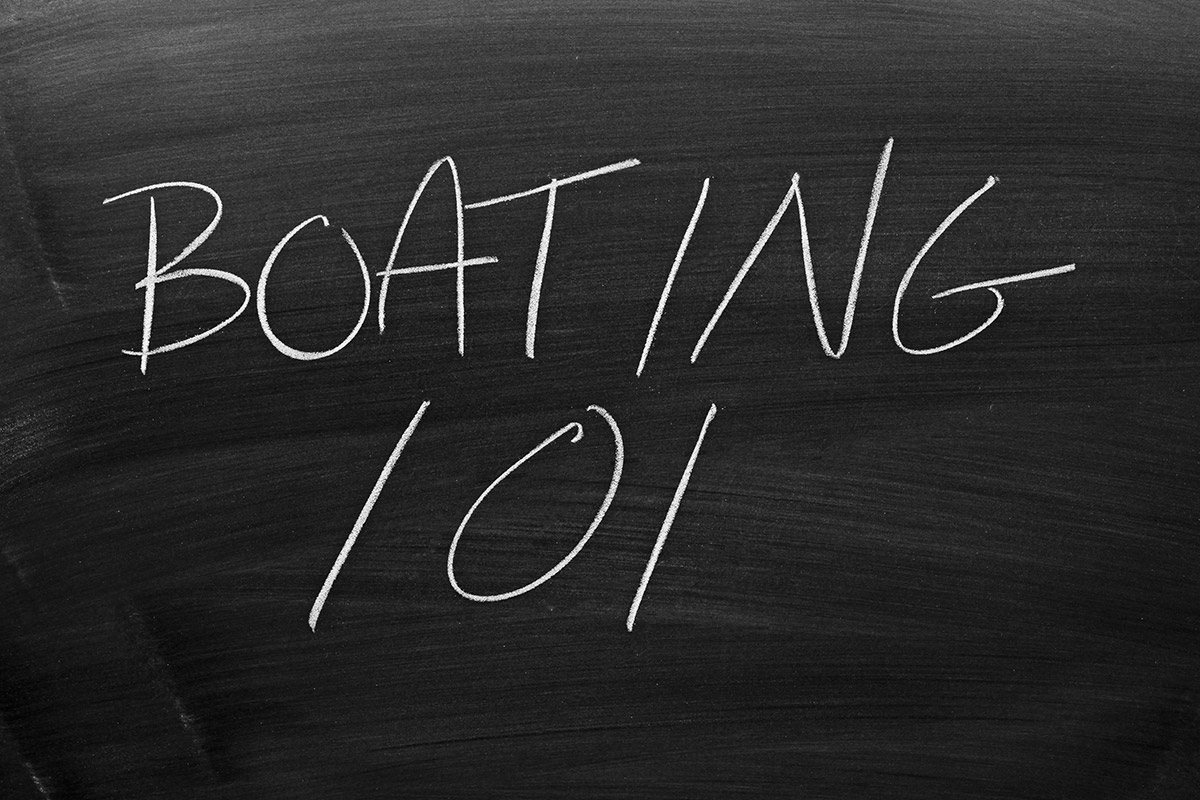
Are you completely new to narrowboating?
Is there a right and a wrong way to tie the ropes?
Can cruising at three miles per hour ever really be dangerous?
Don’t worry. A few pro tips can stop you from making some simple mistakes on your first narrowboat holiday. Here at Fox Narrowboats we have qualified instructors that will give you full training during the boat handover. That means you won’t be the ones on the water making these three boating mistakes.
“We took March Adventurer out to Whittlesey and back on Saturday (four adults and two small children). It was a great day, the team at Fox’s was very accommodating and the driving tutorial made the whole thing a doddle (mostly!). Had a fab time, and would highly recommend it to anyone!” – Laurence Weetman (Customer reviews)
- Your Crew Are on the Roof!
Although the boat maybe travelling slowly you should always think ahead: So line the boat up for bridges and locks well in advance. Don’t allow your crew members to sit on the roof, because bridges and overhanging tree branches can take you by surprise, even when cruising at a leisurely pace. If your shipmates want to go to the other end of the boat while the boat is underway, just ask them to walk inside the boat; they shouldn’t walk down the gunwales while the boat is underway. Did you know, the gunwale is the top edge of the hull of a boat and on a narrowboat is often only the width of a person’s shoe? Originally this was called the “gun wale” on a sailing warship. But before the invention of guns, in the 15th century a “wale” was just the name for a plank on a boat. So a nautical “wale” has come to mean the plank running around the top of the sides.
- You’re Mooring Too Fast!
Take it easy when you’re canal boating. Slow right down just before you want to moor the boat, and keep it parallel to the bank. A crew member at the bow (front of the boat) can carefully step off the boat, holding the front mooring rope. Jumping from the boat to the bank is not really advised because if you slip it could cause an injury. Meanwhile the steerer can stop the boat by putting it into reverse gear. If there is a mooring ring or bollard where you want to moor you can use this to help steady the boat by looping the front rope around it.
To moor up point the tiller towards the bank and use the engine to gently bring the back end in, then stop the boat by putting her into reverse gear.
- Your Rope’s in the Way!
A crew member or the steerer can then step off the back deck with the aft rope and pull the boat into the bank. Secure this rope to a ring, bollard or mooring pin, then take the line back to the boat’s back deck to secure it around a mooring cleat.
But never put a mooring pin across the towpath, as the rope would then cause a hazard for passing bicycles or walkers. It’s a good idea to make your mooring ropes go outwards at about 45 degrees from the ends of the boat.
However, you don’t need to know any fancy nautical knots to moor up; before you set off we’ll show you a useful and easy knot to do. The show-round and training with our qualified instructor can take around an hour at the start of your holiday. Narrowboating is a skill that anyone can pick up, and it’s also great fun to learn.
More questions about boating? Check out our FAQs.
You may also like What’s it Like to Actually Steer a Narrowboat?
And 3 Skippers Tips to Start Steering a Holiday Narrowboat
If you feel ready to give it a go, try booking a daytrip or a holiday. Check availability here.
Hey! Are you new here? Click ‘Blog’ (top right) and look for ‘Follow Blog’ in the right sidebar to receive more helpful holiday tips about the Fenland Waterways. (We never share or sell email addresses, we’ll only be sending you our local, insider knowledge, every two weeks.)